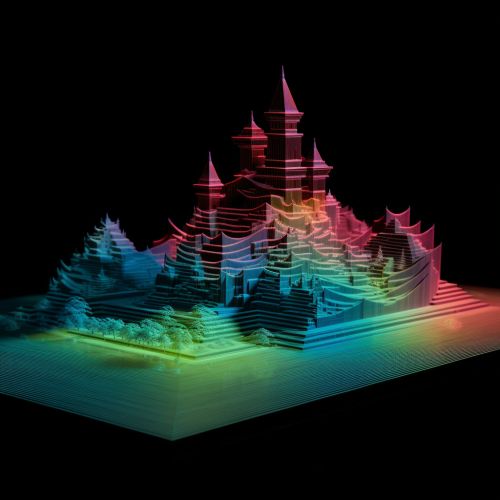Variogram
Introduction
The variogram is a fundamental tool in geostatistics, facilitating the quantification and visualization of spatial dependencies within a set of data. The concept was first introduced by Matheron in the 1960s, based on the work of Kolmogorov and Wiener.


Definition
A variogram is a function describing the degree of spatial dependence of a spatial random field or stochastic process. In other words, it provides a quantitative way to measure how much the data values change over space, and thus, how similar or dissimilar values are, based on their spatial separation.
Mathematical Formulation
The variogram is defined for a random field Z(x), where x is a location in space. The variogram γ(h) for a separation vector h is given by:
- γ(h) = 0.5 E{[Z(x + h) - Z(x)]²}
where E denotes the expected value. This formula represents the average squared difference between values separated by the vector h.
Properties
Variograms have several important properties that make them useful for spatial analysis. These include:
- Stationarity: The variogram is a function of the lag vector h only, and not of the location x. This property is known as second-order stationarity or intrinsic stationarity.
- Symmetry: The variogram is symmetric, meaning γ(h) = γ(-h).
- Non-negativity: The variogram is always non-negative, γ(h) ≥ 0. This property is a consequence of the variogram being a measure of variance.
Types of Variograms
There are several types of variograms used in geostatistics, each with its own specific characteristics and uses. These include:
- Empirical Variogram: This is the most basic type of variogram, calculated directly from the data.
- Theoretical Variogram: This is a model fitted to the empirical variogram. There are several models available, including the spherical, exponential, and Gaussian models.
- Cross Variogram: This is a variogram calculated between two different variables.
- Covariogram: This is a function related to the variogram, but instead of measuring the variance of the differences, it measures the covariance of the data values.
Applications
Variograms are used in a variety of fields, including geology, meteorology, soil science, hydrology, ecology, and in the oil and gas industry. They are particularly useful in the field of spatial interpolation, where they are used to create surfaces from scattered data points. This process is known as kriging, and it relies heavily on the variogram to estimate the spatial structure of the data.
